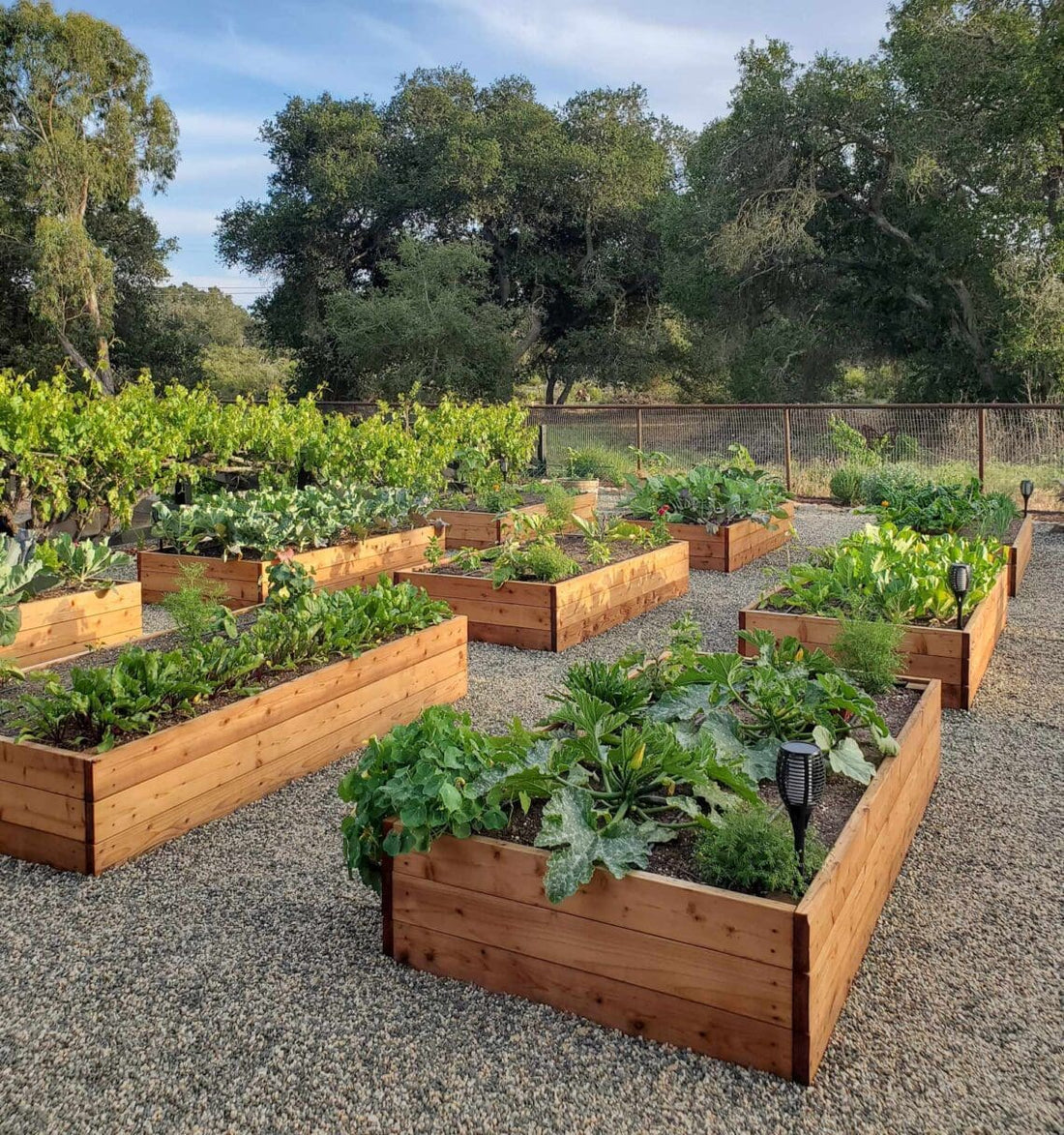Garden boxes, also known as raised beds or planter boxes, are an incredible way to bring structure, beauty, and productivity to your home garden. Whether you have a backyard, balcony, or patio, garden boxes allow you to grow vegetables, herbs, flowers, and small fruits in a controlled, organized, and efficient way.In this guide, we’ll explore the best way to garden boxes at home, including setup, soil tips, plant selection, and maintenance strategies for a thriving garden.🌿 Why Garden Boxes Are Perfect for Home GardeningUsing garden boxes at home has numerous benefits:Better soil control – You choose the perfect soil mix for each plant.Improved drainage – Prevents root rot and overwatering issues.Space-efficient – Ideal for small backyards, balconies, or patios.Easier maintenance – Less bending, easier access, fewer weeds.Extended growing season – Soil warms faster than traditional garden beds.By incorporating garden boxes, you can maximize growth, minimize effort, and make your home garden more productive and visually appealing.🪵 Types of Garden Boxes for Home UseChoosing the right type of garden box is key to a successful home garden:1. Wooden BoxesAffordable and natural-lookingDurable if you use cedar or redwoodPerfect for vegetables, herbs, and flowers2. Metal BoxesSleek, modern designLong-lasting and weather-resistantCan heat up in full sun; great for warmth-loving plants3. Plastic or Composite BoxesLightweight and easy to moveLow maintenanceIdeal for small balconies or apartment gardening4. DIY Reclaimed BoxesEco-friendly and budget-consciousUse pallets, crates, or old furnitureCustomizable in size and shape🌸 Setting Up Garden Boxes at HomeFollow these steps for the best way to garden boxes at home:1. Choose the Right LocationFull sun for vegetables and most flowersPartial shade for herbs like mint or parsleyEnsure easy access for watering and harvesting2. Select the Right SizeWidth: 3–4 feet for easy reachLength: 4–8 feet depending on spaceDepth: 8–12 inches for shallow plants, 12–18 inches for root vegetables3. Prepare the BaseLevel the ground for stabilityOptional: add gravel for drainage4. Add SoilUse a mix of 40% topsoil, 40% compost, 20% perlite or peat mossEnsures nutrient-rich, well-draining soil5. Plant SelectionVegetables: tomatoes, lettuce, peppers, cucumbersHerbs: basil, thyme, rosemary, oreganoFlowers: marigolds, petunias, pansiesSmall fruits: strawberries, dwarf blueberries🌿 Maintenance Tips for Home Garden BoxesWatering: Garden boxes dry faster than ground beds; water consistently.Fertilizing: Use slow-release or liquid fertilizers for healthy growth.Mulching: Helps retain moisture and reduce weeds.Rotation: Rotate crops each season to prevent soil depletion.Companion planting: Combine plants like basil + tomatoes to boost growth and repel pests.🌼 Creative Ideas for Home Garden BoxesVertical Garden Boxes: Stack boxes to save space.Color-Themed Flower Boxes: Group flowers by color for visual appeal.Herb Kitchen Boxes: Place near the door or kitchen for fresh herbs anytime.Pollinator Boxes: Plant flowers that attract bees and butterflies.Mobile Garden Boxes: Add wheels to move boxes indoors or to sunlit areas.🌟 ConclusionThe best way to garden boxes at home combines smart placement, proper soil, the right plants, and consistent maintenance. Garden boxes allow you to grow smarter, save space, and enjoy a productive and beautiful garden, even in small areas.With the tips above, you can transform your patio, balcony, or backyard into a thriving garden oasis filled with vegetables, herbs, flowers, and small fruits.

